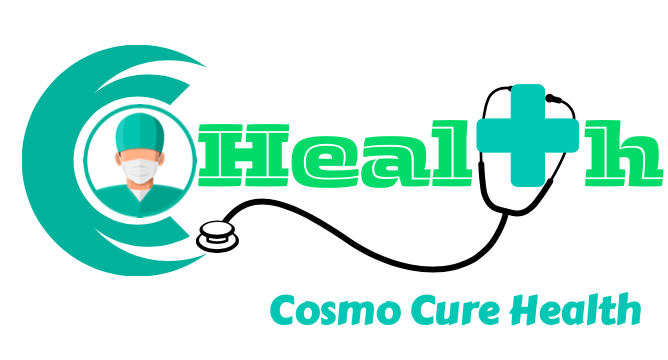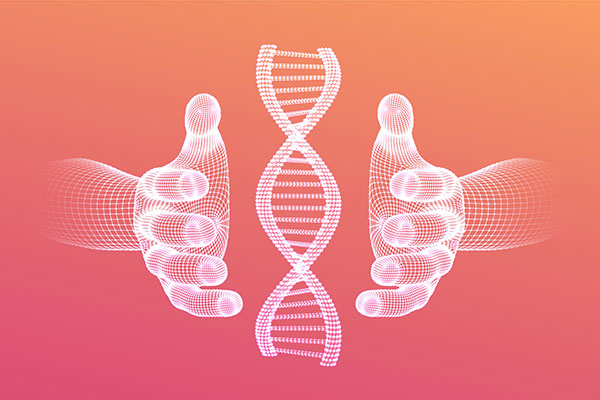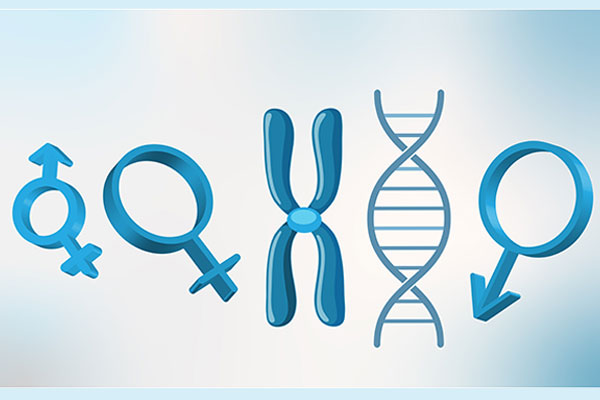Gynecomastia
What is Gynecomastia ?
Gynecomastia is incorrectly associated with eyelid surgery; the correct term for eyelid rejuvenation is blepharoplasty. This procedure addresses sagging or drooping eyelids caused by aging, which can contribute to a tired or aged appearance and, in some cases, even impair vision. Blepharoplasty can be performed on the upper eyelids, lower eyelids, or both, depending on the patient’s aesthetic goals and functional needs. Many individuals opt for a combination of upper and lower eyelid surgery to achieve a more youthful and refreshed look, enhancing the overall appearance of the eyes.
Financials

Cost Estimate

₹ Xxx, xx

Consultation Free

Transportation Free

Insurance

All Insurances Accepted

Hassle-free Approval

Complete Paperwork Assistance

EMI

Zero Cost EMI

Pay in Installments

Easy Approval
Why Consider Gynecomastia?
Causes of Gynecomastia
Diagnosis of Gynecomastia
A doctor typically begins diagnosing gynecomastia with a physical examination, checking for signs of breast tissue enlargement, tenderness, and other related symptoms. A thorough review of the patient's medical history, medications, and lifestyle factors follows to identify potential causes. If necessary, additional tests such as blood tests and imaging studies may be conducted to assess hormone levels and rule out other conditions. Once the results are evaluated, the doctor confirms whether the enlargement is due to glandular tissue growth or another underlying issue, ensuring an accurate diagnosis and appropriate treatment plan.
Treatment Options for Gynecomastia
Recovery and Aftercare
Recovery from gynecomastia surgery typically takes one to two weeks, with most patients able to resume light activities or work within a few days. Wearing a compression garment is essential to reduce swelling and provide chest support during healing. Mild discomfort is common in the initial days, which can be managed with prescribed pain medication. Bruising and swelling gradually subside over the following weeks, and regular follow-up appointments help monitor progress and ensure optimal results. Most patients notice significant improvements in their chest appearance within a few weeks, with final results becoming more defined as swelling continues to diminish over the next few months.












